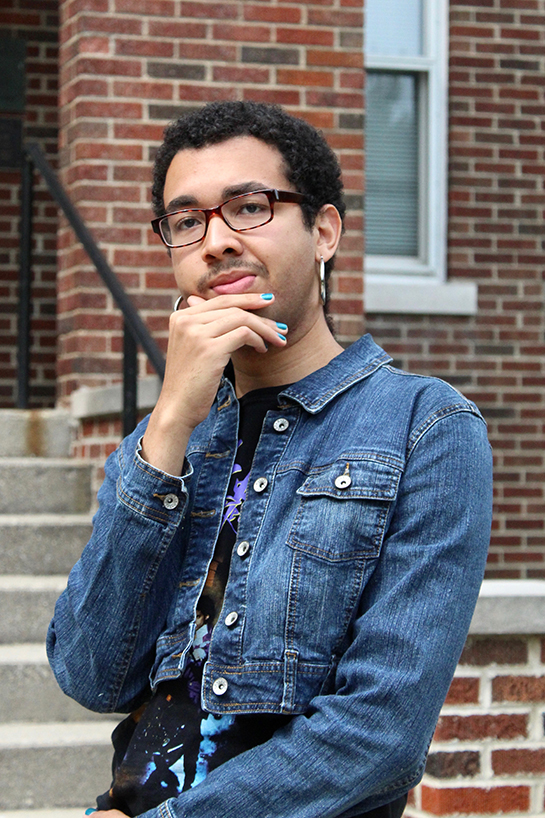On June 23rd of this year, the 1989 film simply titled “Batman” celebrated its 30th anniversary. Earning $411.5 million against a production budget of $35 million, it was one of the biggest blockbusters at the time and directly led to the popularity of the superhero genre that we still see today. Despite this legacy, “Batman” is not a film that modern viewers have much time for. Most people’s knowledge of Batman on film only goes as far back as “The Dark Knight.” The few curious viewers who do go back to the older film dismiss it as simultaneously too goofy and very slow.
I’m not going to argue this film is perfect or that it deserves your attention. This is simply a film that I have grown to love, and I would like to share that love with you.The thing that makes “Batman” such an idiosyncratic film is its director, Tim Burton. He is a filmmaker known for his moody gothic style and for creating relatable stories of misunderstood individuals. In 1989, Burton was at the peak of his craft, dazzling both audiences and critics with “Edward Scissorhands,” “Beetlejuice” and others. But while a nerd in many other ways, Burton is not much of a comic book reader. He had little knowledge of the Batman lore and wasn’t especially interested in learning. The result is that “Batman” is essentially “Tim Burton’s Batman.” That makes the film stand out amid all the other interpretations.
Most modern audiences attempting to engage with this movie are thrown off by its somewhat atypical pacing and story structure. Batman doesn’t get much screen time in his own movie. He and the Joker meet face-to-face only three times. While there are a couple set action pieces, they’re spaced out between slower-paced character interactions and dialogue. This is all deliberate. Burton and screenwriter Sam Hamm gave this film a slower, more investigative tone because this film is partially a mystery. Journalist Vicky Vale — alongside the audience — is trying to uncover the mystery of the Batman: Gotham City’s most mysterious urban legend, a creature that hunts at night and stalks Gotham’s criminal element. We follow her investigation through most of the first act of the film, a search that leads her to the charming but mysterious figure of Bruce Wayne.
Burton turns this superhero movie into a gothic romance by treating Bruce Wayne like a gothic leading man, like Heathcliff or Edward Rochester (a brooding, damaged figure shrouded in mystery). He hides a secret passionate, animalistic side which manifests itself as Batman, an alter ego born from pain and tragedy who he must violently unleash periodically, like a werewolf. Furthermore, Vicky Vale’s search for the truth behind Batman mirrors Jane Eyre’s search for the truth behind Edward Rochester. Instead of a mad bride hidden in the attic, Vale uncovers the tragedy in Wayne’s past and the dark cave in the basement.
Further complicating all this is the Joker, who in this film is a former hitman for one of Gotham’s biggest mob bosses. Double-crossed by his boss and left for dead, both his mind and body are broken. Unpredictable and volatile, he makes the perfect foil to the calculating and mysterious Batman. “Batman” plays like an elaborate game of chess between the two of them as Batman works to foil the Joker’s plans as the Joker races to think up new ones. As the story goes on, it is revealed that the two have a connection — one that, while admittedly the film’s most controversial elements to comic scholars, ties our hero and villain together in a way that adds to the mystery of Batman. The film culminates in a battle on top of the most gothic of locations: the top of a derelict church. Burton’s Gotham is as much a character in this film as Batman himself is. The film’s aesthetic (which supports a little noir) echoes the gothic storytelling, from the costumes to the production design. Even the physical architecture of Gotham has a gothic flair, with Batman hiding out among the gargoyles on every building.
And that is why I love Tim Burton’s “Batman.” It’s a comic book movie told by way of a gothic romance. If you haven’t seen the film and my description intrigues you, or if you’d tried watching it and it just didn’t click the first time, I would encourage you to re-examine it with this new framework in mind. If you want, I can loan you my copy.


